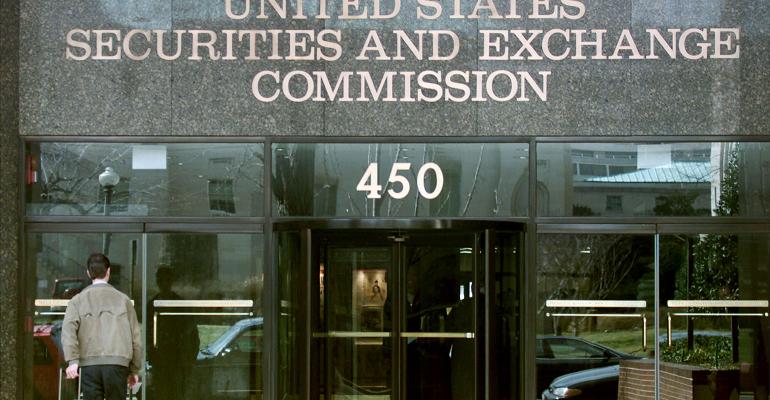(Bloomberg) -- When it comes to writing to the U.S. Securities and Exchange Commission, it turns out an octogenarian was faster than any high-frequency trading firm.
The SEC has requested comments on a rule change, proposed by the Financial Industry Regulatory Authority, that would require brokers and some automated trading firms to report Treasuries trades on Trace, the agency’s bond-price reporting system, typically the day of the transaction. The information would be for “audit-trail purposes,” and not disseminated publicly.
Jane Carson, who identified herself as an “80 year old individual investor,” was the first to weigh in, in a letter received Aug. 5 that expresses exasperation with the opacity of the world’s biggest debt market. More entries may pour in over the next few days: The deadline is Aug. 15.
The SEC’s request for comments is part of regulators’ efforts to shed light on the workings of the $13.4 trillion Treasuries market, the benchmark for global borrowing, after an Oct. 15, 2014, event dubbed the “flash rally.” The episode, which involved a 12-minute crash and rebound in yields with no apparent trigger, has generated scrutiny of transparency and liquidity in Treasuries trading and prompted the first government review of the market since 1998.
Chiming In
The world’s biggest banks, investors and high-speed traders have hardly been silent on the matter. Responses from the groups were among the 52 letters submitted to the Treasury Department after officials requested input as part of their review on the market’s structure. Both banks and high-speed firms have said that brokers and trading platforms should at least give transaction data to regulators upon request.
The 2014 incident brought home the market’s opacity: It took months for regulators to collect data on the event. Treasury said earlier in 2016 that it expects to come up with a plan by year-end to gather more complete data on trading.
The Treasury market’s lack of transparency is “startling,” Carson said in her letter.
The contact information on her submission was blacked out, and the SEC wouldn’t provide it upon request. Her filing indicates that she’s from New York.
Her letter hints at a familiarity with financial markets that may go beyond the purview of the typical individual investor. To make her case, she references a 2004 study on savings from bond-market transparency, along with 1998 testimony by former SEC Chairman Arthur Levitt.
“I encourage the SEC to move forward with this important correction to so many years of fostering the largest Dark Pool in the U.S., ironically the U.S. Treasury market,” Carson said to close the letter.
To contact the reporters on this story: Brian Chappatta in New York at [email protected] ;Liz Capo McCormick in New York at [email protected] To contact the editors responsible for this story: Boris Korby at [email protected] Mark Tannenbaum





